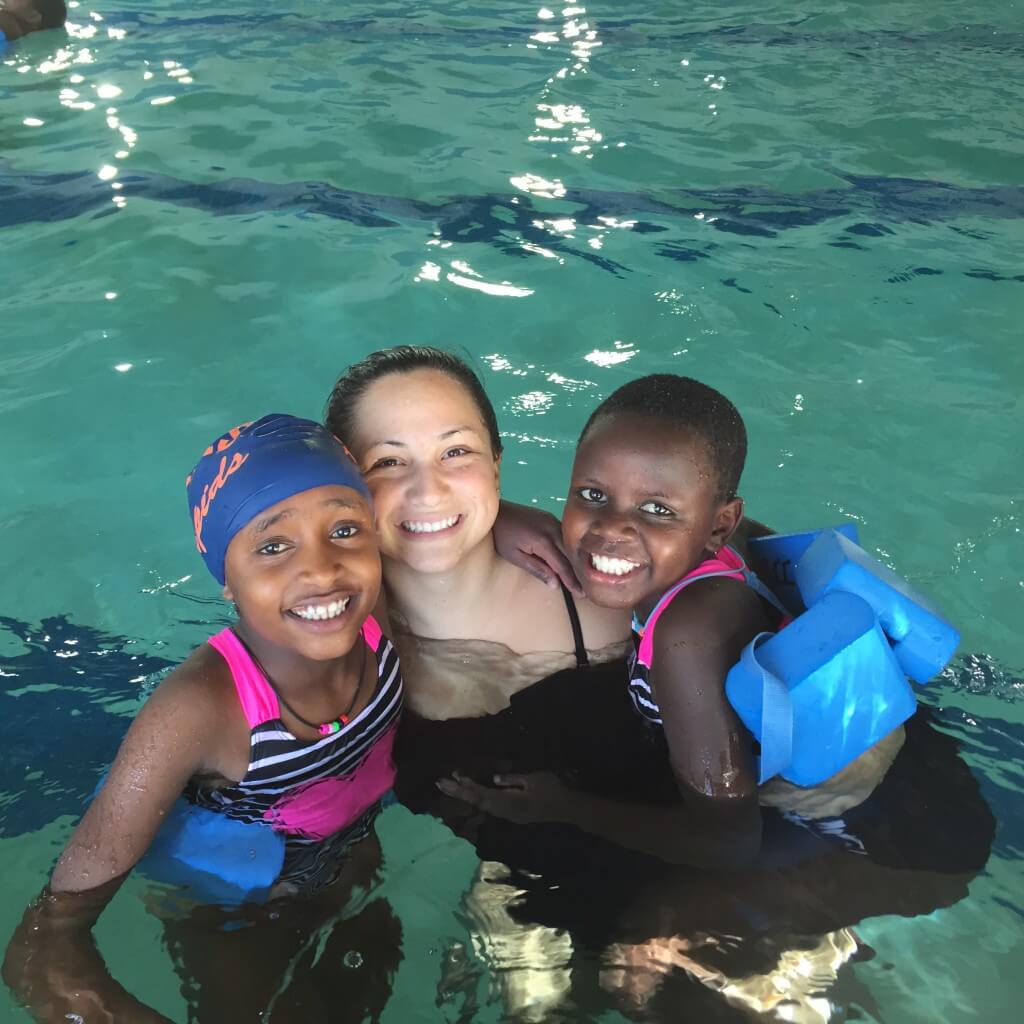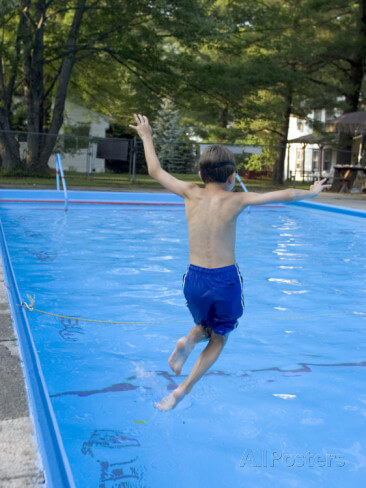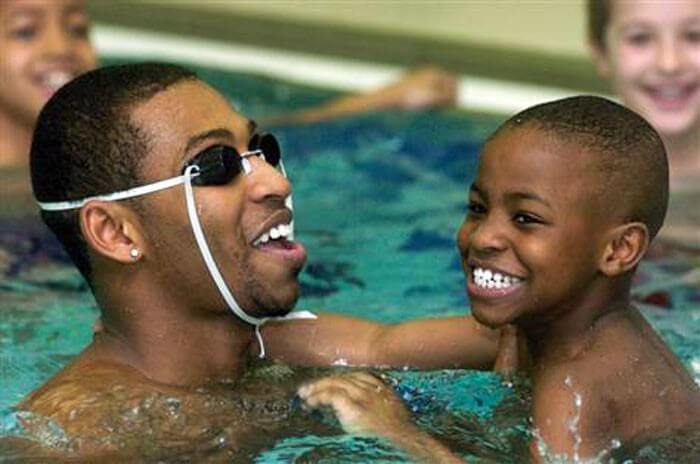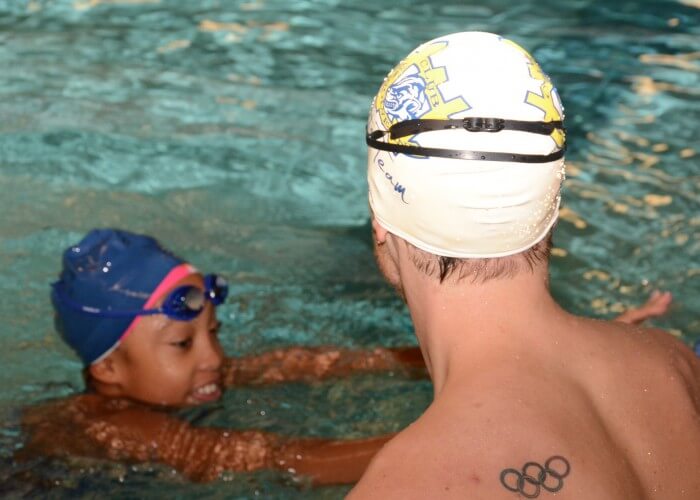5 Ways To Stop 10 Drownings Per Day In USA

Commentary by Jeff Commings
While doing research online for a magazine article, I came across the following headline:
Swimming Lessons In Bangladesh Made Law To Stop Drowning
This was not on a satire website. It was from the BBC, posted last month. The headline got my interest and I read further.
In the southeast Asia country, 48 people die from drowning every day. One in four deaths of children under four was from drowning. More than half of the 160 million who live there use the country’s public waterways for bathing. All of this is bound to shock those of us who live in developed nations where running water is standard, but it’s a way of life for practically every Bangladeshi.
To stem the problem, the country is requiring every school to provide swimming lessons to students, especially to those in urban areas that did not grow up close to water. The law, officials say, will be difficult to implement because of the lack of pool space, but the effort is there. No other country in the world has taken a step of this nature, which is why the news from Bangladesh was so surprising.
The drowning rate in Bangladesh is “20 times higher than Australia” according to a quote from the country’s Education Secretary Nazrul Islam Khan in the BBC article. The drowning rate in the United States falls somewhere in the middle, about 10 per day , according to the Centers for Disease Control and Prevention. Bangladesh’s government knew that something had to be done to get that number down. The U.S. government, on the other hand, is either turning a blind eye or assuming private entities will do all the work. Organizations such as the USA Swimming Foundation are doing the best they can, but it’s not really working to the point that the drowning rate is decreasing at a noticeable rate.
Something can be done. Here are five recommendations:
1. Sign up for a swimming lesson.
A disclaimer before moving forward: I am the co-founder of a swimming school in Tucson, Ariz., and teach swimming lessons year round. That said, I have seen firsthand how beneficial even one swimming lesson can be for a child who can now swim to safety if he or she fell into a pool. Most might see swimming lessons as the first step toward competitive swimming, and that is entirely up to the student. But the first step is becoming comfortable in the water and knowing what to do when you find yourself at the bottom of the pool. And this is not just for kids. News reports also tell of adults who drown, either in the ocean or a lake or even a neighbor’s backyard pool. Being an adult does not give you the automatic knowledge of blowing bubbles or the crawl stroke.
2. Watch your kids.

Last week, I watched a TV news story about a 3-year-old who drowned in his backyard pool while the parents were inside the house watching television. The parents were overcome with grief and said “One minute he was playing in the living room, and the next he was in the pool.” That is exactly how it happens. Just because you tell your children not to play in the pool because they don’t swim does not mean they won’t do it. Putting a fence around your pool won’t do the trick, either. Sooner or later, they will be tall enough to open the gate. The solution? Get them to a swimming lesson. Or, better yet, don’t build a pool in your backyard if any member of your family does not know how to swim without someone present.
3. Get the government involved.
Bangladesh might have thought too big in trying to lower the drowning rate. I don’t know much about the inner workings of government there, but perhaps it would have been best to start at the regional level, where officials could have a better handle on organizing swimming lessons. In the United States, it might not be feasible to create a nationwide decree that every public school implement swimming lessons into its public education curriculum. Pool access in each state varies; California could easily make this happen, while Nebraska might not. If state governments could figure out how to start swimming lessons in public schools, the rollout could be more focused and manageable.
4. Donate.
As mentioned earlier, the USA Swimming Foundation does great work in getting kids across the nation to learn to swim. Since 2008, the “Make-A-Splash” initiative has introduced many minority kids to swimming with clinics. But all of that costs money. The USA Swimming Foundation is just one of hundreds of nonprofit groups working to bring down the drowning rate. Do some research to find a local or state nonprofit, if you want to keep your money within your community.
5. Don’t view swimming as “a white kid’s sport.

Though competitive swimming is very much dominated by whites, the act of swimming itself shouldn’t be viewed as such. Whatever myth you believe about African-Americans not being able to swim is not true. (See: Cullen Jones, Maritza Correia, Simone Manuel, Lia Neal, Anthony Ervin, Natalie Hinds, myself, etc…) The only real obstacle that parents of minorities have for not introducing their children to swimming exists in their own minds. And again, the goal does not have to be to get them into competitive swimming. Your kids can still have that dream of playing professional basketball, but in the off-season, they can now swim in the ocean or their local pool and impress their friends while doing it. Tim Duncan and Kris Humphries are just two celebrity basketball players who spent part of their childhood as part of an organized swim team. Don’t buy into your own stereotypes.





Have jobs and clients for us WSI and swimming instructors would be a start to prevent toddlers from drowning!
Molly Adams Fenby 🙂
Ohhhh that is really too much.